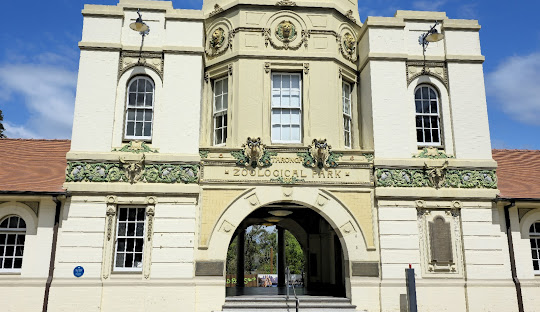
The Early History of Sydney: From Aboriginal Inhabitants to Convict Settlement
Posted by on
Sydney’s history is marked by a rich cultural heritage and a transformative colonial past. The first inhabitants of the region were Aboriginal Australians who migrated from Southeast Asia and settled around 45,000 years ago, with evidence of human activity in the area dating back at least 30,000 years. The local Aboriginal groups, including the Eora people, Dharug, and Dharawal, had a complex societal structure, relying on fishing, hunting, and gathering. Their ceremonies, trade, and alliances were integral to their way of life.
The first documented contact between Aboriginal people and Europeans occurred in 1770 when Lieutenant James Cook landed at Botany Bay and encountered the Gweagal clan. Tensions arose when Cook's party and the Aboriginal people clashed, but the encounter set the stage for the British colonization that followed.
In 1788, the First Fleet arrived at Botany Bay under Captain Arthur Phillip’s command, marking the beginning of British settlement. With over 1,000 settlers, including 736 convicts, the fleet moved to Port Jackson and established a settlement at Sydney Cove on 26 January 1788. This marked the birth of the colony of New South Wales, which was formally proclaimed on 7 February 1788. Sydney’s natural harbor was described as "the finest in the world," making it an ideal location for the settlement.
The early years of the colony were challenging, with poor soil leading to failed crops and food shortages. The arrival of additional fleets helped alleviate the crisis, and by 1804, the colony became self-sufficient in food. However, the settlement's expansion came at a grave cost to the local Aboriginal population, with a devastating smallpox epidemic in 1789 killing around half of the region’s Indigenous people.
As the settlement grew, it evolved from a strictly penal colony into a burgeoning town. Governor William Bligh’s tenure was marked by tensions between military officers and settlers, culminating in the Rum Rebellion of 1808, where Bligh was deposed by the New South Wales Corps. Under Governor Lachlan Macquarie (1810–1821), Sydney’s infrastructure improved with the construction of roads, public buildings, and the design of the city's street layout, laying the foundation for its future growth.
By the 1840s, Sydney had become a thriving city, with a growing population of both free settlers and former convicts. The divide between wealthy and working-class residents became more pronounced, and public calls for responsible government grew. Transportation of convicts to New South Wales ceased in 1840, signaling a shift toward a free-settlement society.
Sydney's early history is a testament to resilience, cultural exchange, and transformation. From the Aboriginal clans’ deep connection to the land to the British colonists' establishment of a new society, the history of Sydney reflects the complexities of its past and the diversity that continues to shape the city today.